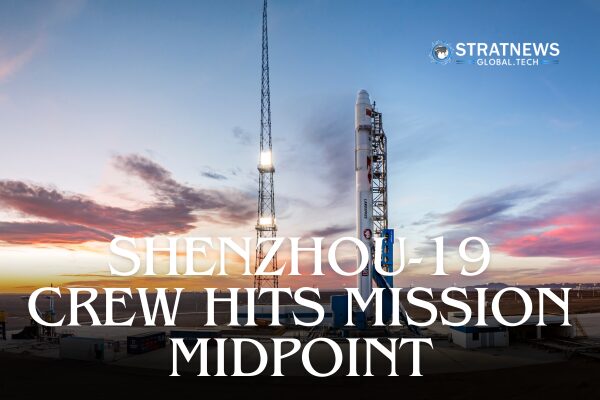Shenzhou-19 Crew Reaches Midpoint of Space Mission with Key Scientific Progress
China’s Shenzhou-19 crew has reached the halfway mark of their six-month mission aboard the Tiangong space station, making significant progress in station maintenance, in-orbit training, and scientific research.
Human Spaceflight Studies and Medical Research on Shenzhou-19
Astronauts Cai Xuzhe, Song Lingdong, and Wang Haoze have been actively participating in studies examining the effects of long-term spaceflight on the human body. Last week, they conducted tests using their own bodies to collect data on how microgravity impacts muscle function and movement patterns. Scientists on Earth will analyse this data throughout the mission to understand these effects in greater detail.
The crew has also completed experiments focused on how medications behave in space. These studies aim to enhance knowledge of fine motor control and cognitive function under microgravity, helping improve in-orbit medical treatments.
Progress in Materials and Combustion Science
Beyond medical research, the astronauts are conducting experiments in fields such as materials science and combustion science. Their tasks have included cleaning samples from non-container experimental chambers, maintaining axis mechanisms and electrodes, and venting waste gases from the combustion lab. These experiments contribute to a deeper understanding of physical and chemical processes in space.
Enhancing Future Space Missions
Shenzhou-19 astronauts are also helping improve conditions for future missions. They have completed surveys and video recordings to assess the station’s habitability and the usability of its facilities. Additionally, they have measured environmental factors such as personal noise exposure, acoustic levels, gas concentrations, and airflow.
To ensure their well-being, the crew undergoes regular health assessments, including heart rate and blood pressure monitoring, body mass measurements, and hearing tests.
Mission Timeline and Objectives
The Shenzhou-19 mission launched on October 30, 2024, just before the return of the Shenzhou-18 crew. With three more months to go, the astronauts will continue their scientific work while maintaining the Tiangong space station for future operations.
With inputs from Reuters


